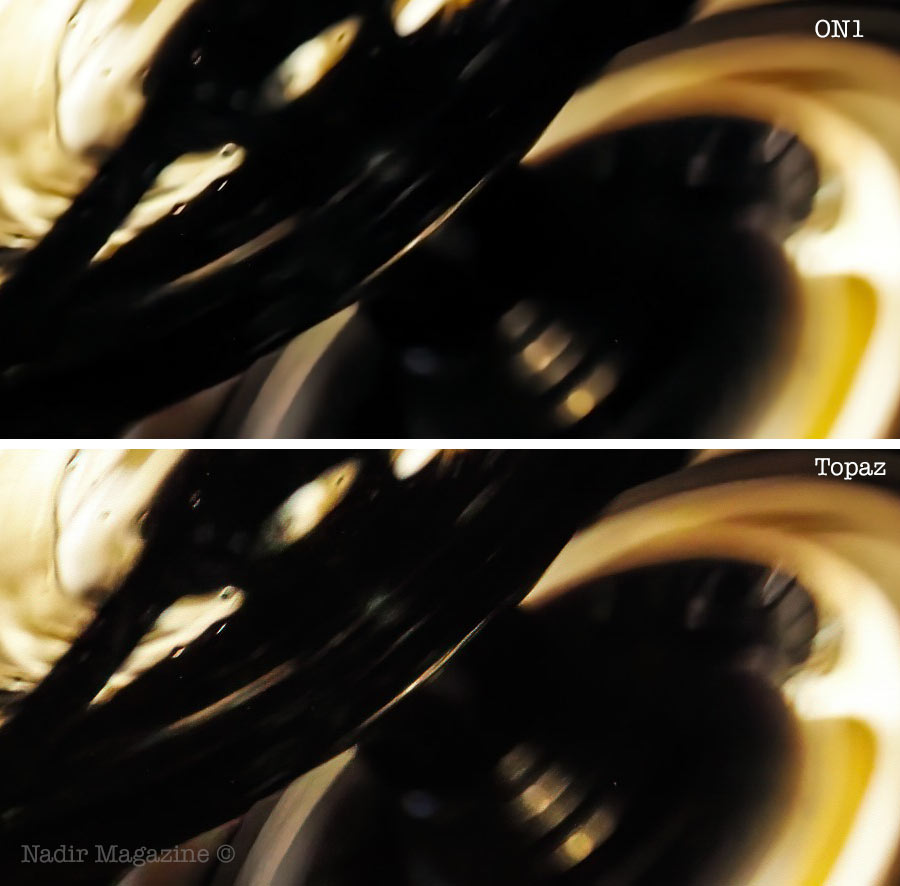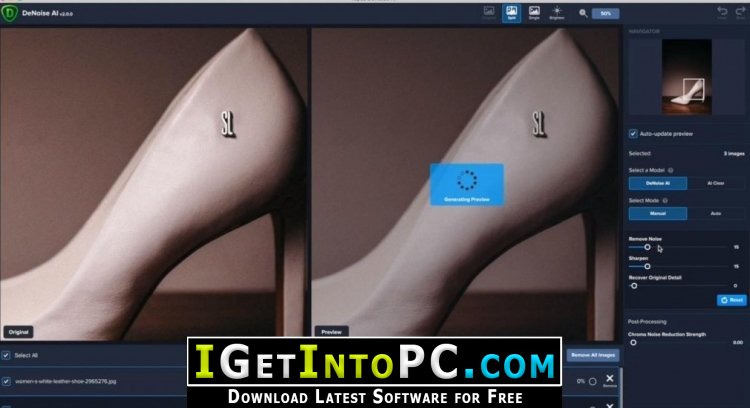

- #ON1 NONOISE VS TOPAZ DENOISE HOW TO#
- #ON1 NONOISE VS TOPAZ DENOISE FULL#
- #ON1 NONOISE VS TOPAZ DENOISE SOFTWARE#
- #ON1 NONOISE VS TOPAZ DENOISE TRIAL#
- #ON1 NONOISE VS TOPAZ DENOISE ISO#
It has full cataloging options like Lightroom and image layering like Photoshop. ON1’s main product is the Lightroom/Photoshop alternative program called ON1 Photo RAW, which is updated annually to major new versions.
#ON1 NONOISE VS TOPAZ DENOISE SOFTWARE#
For trouble-shooting their use, please consult the software company in question.
#ON1 NONOISE VS TOPAZ DENOISE HOW TO#
I have not provided tutorials on how to use the software I have just reported on their results.All programs are available for Windows and MacOS.
#ON1 NONOISE VS TOPAZ DENOISE TRIAL#
For those details and for trial copies, go to the software’s website by clicking on the link in the header product names below.


However, ACR’s routine (also found in Adobe Lightroom) has not changed in years. I use this as a base comparison, as it has been the noise reduction I have long applied to images. In the test results for the three images, I show the original raw image, plus a version with noise reduction and sharpening applied using Adobe Camera Raw’s own sliders, with luminance noise at 40, color noise at 25, and sharpening at 25.
#ON1 NONOISE VS TOPAZ DENOISE ISO#
A close-up deep-sky image taken with a telescope and at a high ISO of 3200, showing thermal noise hot pixels.Įach is a single image, not a stack of multiple images.īefore applying the noise reduction, the raw files received just basic color corrections and a contrast boost to emphasize noise all the more.A wide-field deep-sky image at ISO 1600 with an 85mm lens, with very tiny stars.A nightscape with star trails and a detailed foreground, at ISO 1600.CR3 files onto the app, then exporting the results as raw DNG files, but with the same settings applied as with the other raw files. For the nightscape and wide-field images taken with lenses in DxO’s extensive database, I used PureRAW’s lens corrections, not Adobe’s.Īs shown above, I chose three representative images: I tested PureRAW 2 by dropping raw Canon. It can work only on raw files as a stand-alone app, or as a plug-in from Adobe Lightroom. However, the exception is DxO’s PureRAW 2. So my workflow and test procedures reflect that. Many astrophotographers also choose to stack unedited original images with specialized stacking software, then apply further noise reduction and editing later in the workflow. But for my personal workflow I prefer to develop the raw files with Adobe Camera Raw, then open those into Photoshop for stacking and layering, applying any further noise reduction or sharpening as non-destructive smart filters. Most of these programs state that better results might be obtainable by using the stand-alone app on original raw files. METHODOLOGYĪs described below, while some of the programs can be used as stand-alone applications, I tested them all as plug-ins for Photoshop, applying each as a smart filter applied to a developed raw file brought into Photoshop as a Camera Raw smart object. The three test images in Adobe Camera Raw showing the Basic settings applied. For reasons explained below, I would not recommend DxO’s PureRAW 2.



 0 kommentar(er)
0 kommentar(er)
